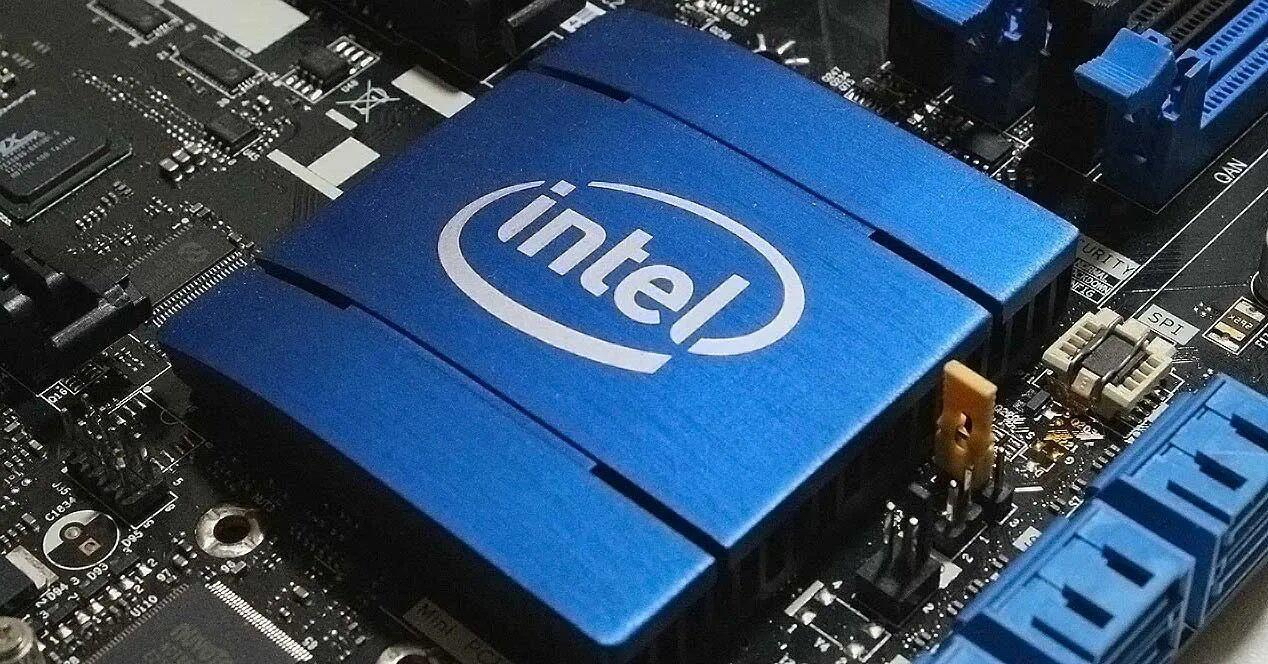Chip, is Asml behind Intel’s multibillion-dollar losses?

In 2023, Intel's manufacturing division reported a loss of $7 billion. It is also the fault of some wrong choices: for example, the failure to use the advanced machinery of the Dutch company Asml. All the details
Intel, one of the world's largest semiconductor companies, based in California, said its manufacturing division reported operating losses of $7 billion in 2023. It is a bad blow for the company, which for some years has begun to focus more on the segment of the physical production of microchips – and not only on that of planning – with the aim of recovering the market shares lost in comparisons of the South Korean Samsung Electronics and the Taiwanese TSMC , which dominates this specific sector.
THE COLLAPSE OF INTEL'S MANUFACTURING DIVISION
In 2023, Intel's manufacturing unit (referred to in jargon as a foundry , meaning the chip factory) reported operating losses of 7 billion dollars: this is a much more negative result than that of 2022, when losses amounted to 5.2 billion.
In 2023, the division reported revenue of $18.9 billion, up from $27.4 billion the previous year.
THE (NEGATIVE) FORECASTS FOR 2024
CEO Pat Gelsinger told investors that 2024 will be the worst year for operating losses for Intel's manufacturing division, which is expected to break even around 2027.
THE REASONS FOR THE LOSS
Gelsinger explained the reasons for the large losses reported in 2023: he admitted that they were also the consequence of the wrong choices made by the company. For example, a year ago Intel decided not to use the extreme ultraviolet lithography (EUV: a very sophisticated process that allows you to produce semiconductors on very small scales) machinery from the Dutch company ASML . ASML's machines are very expensive – they can cost more than $150 million each – but Gelsinger acknowledged that they are more efficient than less advanced chip-making equipment.
Also following some errors in evaluation, Intel outsourced approximately 30 percent of the wafers (the "slices" of semiconductor material necessary for the production of chips) to external companies that work on contract, such as the aforementioned TSMC. Gelsinger said he wants to lower the outsourcing rate to 20 percent.
INTEL'S NEXT MOVES
Intel has announced that it has switched to the use of EUV machinery, which will cover an ever-increasing number of production needs as older equipment is phased out.
Gelsinger wanted to draw a dividing line between the pre-EUV and post-EUV periods. “In the post-EUV era,” he said, “we see that we are now very competitive in terms of price, performance and returning to leadership. In the pre-EUV era we incurred a lot of costs and were not competitive.”
The company plans to invest $100 billion in building or expanding microchip factories in four US states (Arizona, Ohio, New Mexico and Oregon). The spending is supported by the American government, which at the end of March developed a 20 billion dollar aid package for Intel, including grants and loans.
This is a machine translation from Italian language of a post published on Start Magazine at the URL https://www.startmag.it/innovazione/intel-perdita-7-miliardi-divisione-manifatturiera/ on Wed, 03 Apr 2024 14:17:35 +0000.
